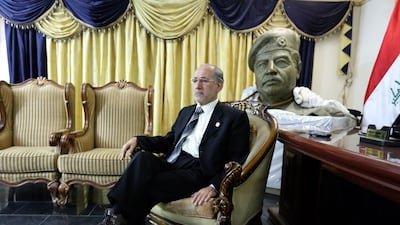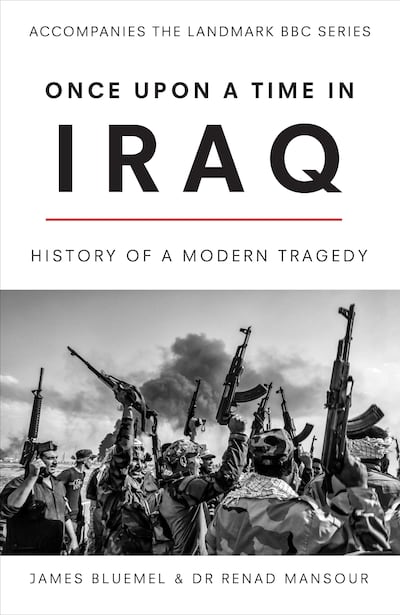One of the more regrettable consequences of the global controversy that has raged over the Second Gulf War is that the role Iraqi dictator Saddam Hussein played in the whole sorry affair is often overlooked.
While the arguments over weapons of mass destruction, as well as the US-led coalition's unimpressive administration of post-Saddam Iraq, will continue for many years to come, it is important not to lose sight of Saddam's contribution to provoking the conflict in the first place.
One of the Iraqi leader's more pronounced characteristics was his immense stubbornness, a feature that encouraged him to undertake dangerous gambles, such as the invasions of Iran and Kuwait, when wiser counsels, such as Saddam's long-suffering foreign minister Tariq Aziz, advised him against making such moves.
And it was Saddam's refusal to acknowledge that the US was serious about resolving the Iraq issue, which had dragged on since the end of the First Gulf War in 1991, that made a major contribution to the Bush administration's decision to invade after Saddam refused to comply with Washington's demands.
The resulting diplomatic stand-off between Washington and Baghdad, which not even the combined efforts of the UN Security Council was able to resolve, and the tumultuous events that followed have now become the centrepiece of a major BBC documentary series, Once Upon a Time in Iraq. This has also been published as a book based on the numerous interviews of key figures who participated in the Iraq drama.
Even though the tone of the book reflects the BBC's institutional opposition to the Iraq conflict, it nevertheless provides those of a more neutral disposition with some fascinating insights into how the whole Iraq saga played out, not least in terms of Saddam's contribution as one of the primary dramatis personae.
From the coalition’s point of view, the war got off to a bad start when the CIA claimed it had real-time intelligence concerning the location of Saddam’s command and control centre in Baghdad, persuading the Bush administration that the war could be ended at a stroke if the US could carry out a precision strike that killed the Iraqi leader. A massive “bunker buster” bomb was duly dropped on the compound but, given Saddam’s famous ability to avoid assassination attempts over several decades, the Iraqi leader had already made good his escape.
This meant the US had no alternative but to proceed with its invasion which, while it succeeded in overthrowing the Baathist dictatorship, failed to apprehend Saddam himself, who was able to make good his escape to his family fiefdom in Tikrit, where he remained until his dramatic capture in December 2003, when he was unceremoniously dragged from his underground hiding hole by a US Special Ops team. The operation was launched after the US military obtained intelligence that Saddam was being hidden by close family associates.
By the time of his detention, though, the coalition’s continued presence in Iraq had already started to turn sour. As Um Qusay, a prominent Tikriti figure, remarks: “When a stranger comes to occupy their area, they wouldn’t like it. There is degradation, and it wasn’t the Iraq we knew ... They stayed here too long and it became an occupation.”
One of the book's biggest strengths is the series of in-depth interviews the authors have with those who were responsible for interacting with Saddam after his capture. These include the US intelligence officers who had to ensure they had captured the right man – Saddam was infamous for the number of lookalikes he employed – and conducted lengthy interrogations about his decades of misrule. It also contains a number of interviews with the Iraqi officials responsible for bringing Saddam to trial and for conducting his execution.
The book makes clear that the Iraqi dictator was under no illusions about his ultimate fate, but remained defiant until the end, even making his customary denunciations of the West and Israel as he was being led to the gallows.
From the Iraqi perspective, though, the newly established government had little alternative than to pass the death sentence which, as Mowaffak Al Rubaie, who served as Iraq's national security adviser at the time of Saddam's execution in 2006, explains. Referring to the decades of oppression Iraq suffered under Saddam's rule, he concludes: "We should never, ever forget Saddam Hussein and his two sons and what they have done in Iraq."



